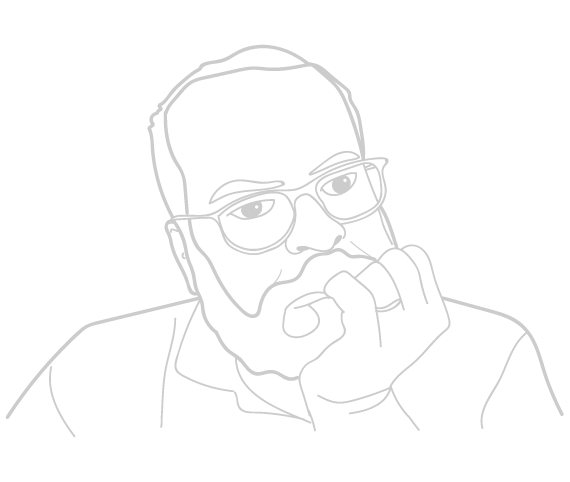“Some excavations have found medicinal plants in Neanderthal tombs, so it is no exaggeration to say that humans have always used plants as treatments. But how they use them has changed enormously over the centuries.”
Renato Bruni, Professor of Pharmaceutical Biology at the University of Parma and Director of the Parma Botanical Gardens
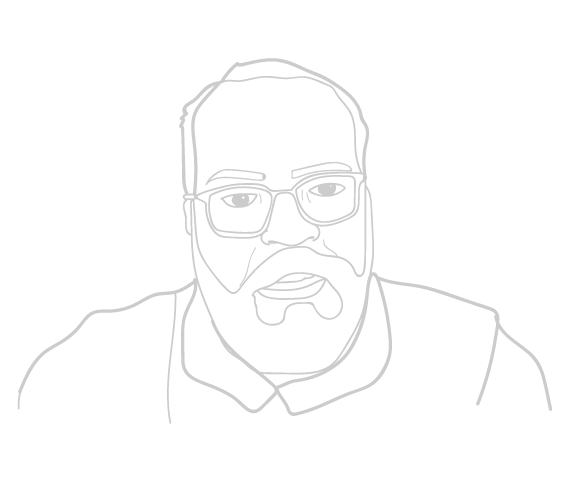
Parma Botanical Gardens, Fico Creative Studio, 2020
“Until before the eighteen-hundreds, every medicine was in fact a mix of plants or a complex mixture of molecules extracted from botanicals. Chemically, those mixtures were mutable and inextricable. All that was known of their contents was the effects produced by their administration, so their use was inevitably tied to experience. Gradually, we sought to simplify that complexity by identifying the individual molecules responsible for an action and then modifying them to optimize the effect.”
Renato Bruni, Professor of Pharmaceutical Biology at the University of Parma and Director of the Parma Botanical Gardens
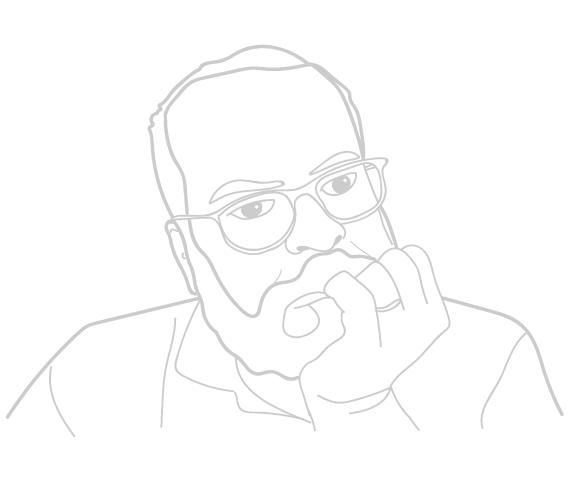
Advertisement for the medicine A-Col by Chiesi, 1950s
Volumes held by the Parma Botanical Gardens, Fico Creative Studio, 2020
Volumes held by the Parma Botanical Gardens, Fico Creative Studio, 2020
“The first botanists probably somewhat resembled mushroom pickers. From a classificatory point of view, they didn’t know all the characteristics of what they were picking, but they knew how to recognize plants and their habitats and distinguish between what was edible and what would send you to hospital.”
Renato Bruni, Professor of Pharmaceutical Biology at the University of Parma and Director of the Parma Botanical Gardens
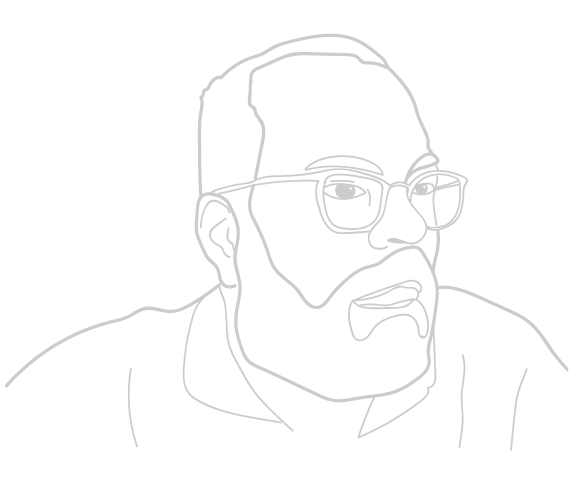
Paeonia albiflora held by the Parma Botanical Gardens, Fico Creative Studio, 2020
Parma Botanical Gardens, Fico Creative Studio, 2020
“The Parma Botanical Gardens were inspired by those of Padua and both embraced a similar vocation, which was to give medicinal plants a space in which to be grown and used to instruct students who needed to learn to recognize them and utilize them. That can be seen in the history of the gardens themselves and its vocation for teaching—around one hundred years ago, the gardens housed one of Italy’s first herbalist schools.”
Renato Bruni, Professor of Pharmaceutical Biology at the University of Parma and Director of the Parma Botanical Gardens
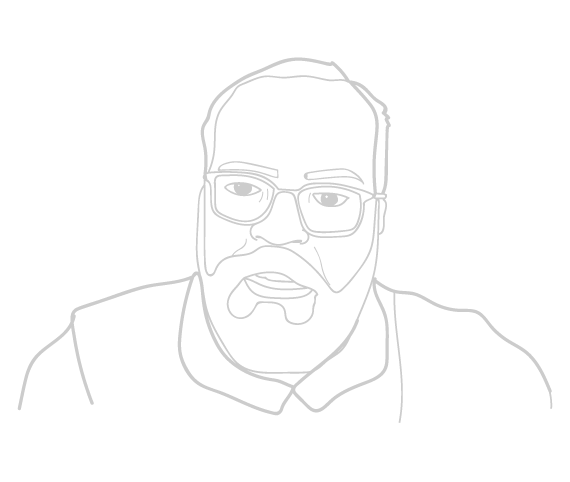
The School Building of the Parma Botanical Gardens, Fico Creative Studio, 2020
Library of the Parma Botanical Gardens, Fico Creative Studio, 2020
“There is a biological reason for this. Plants are other to us; they are organisms with a biology that is totally different to the biology of animals. Tied to where they lay down their roots, plants have received from evolution a system of communication based on chemistry.”
Renato Bruni, Professor of Pharmaceutical Biology at the University of Parma and Director of the Parma Botanical Gardens
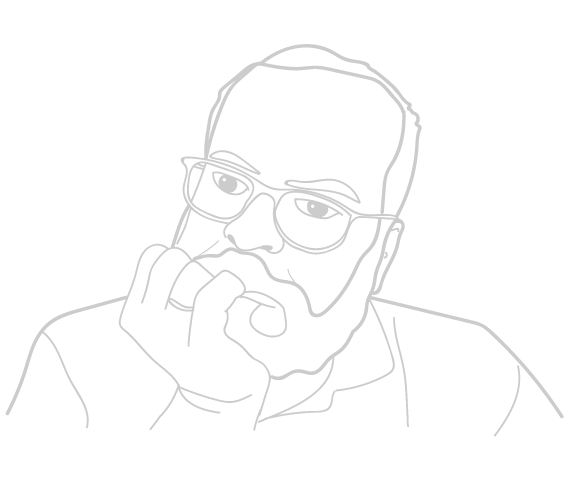
“This means that plants produce an enormous variety, in the order of hundreds of thousands, of different molecules in order to interact with the environment—to defend themselves from solar radiation, from hungry herbivores, from insects, from the heat and from the cold, from others of their kind in search of space, and from annoying micro-organisms.”
Renato Bruni, Professor of Pharmaceutical Biology at the University of Parma and Director of the Parma Botanical Gardens
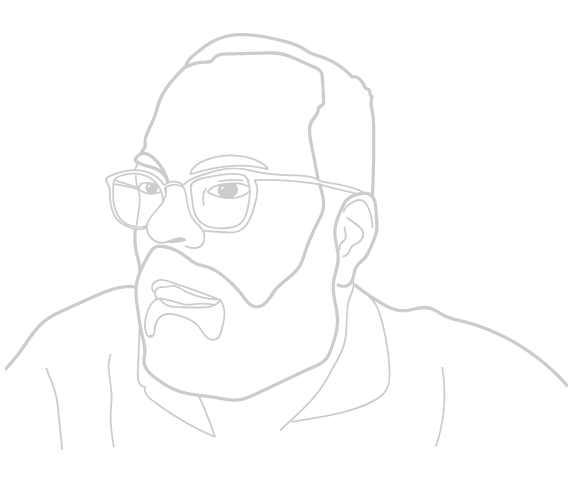
“With the chemistry they use to strike animal targets, plants give us inspiration and are excellent starting points for producing medicines. Those starting points, however—and this is especially important—are optimised for their needs, not ours. It makes absolutely no difference to plants if a certain molecule can help cure humans; their aim is to survive, not heal us.”
Renato Bruni, Professor of Pharmaceutical Biology at the University of Parma and Director of the Parma Botanical Gardens
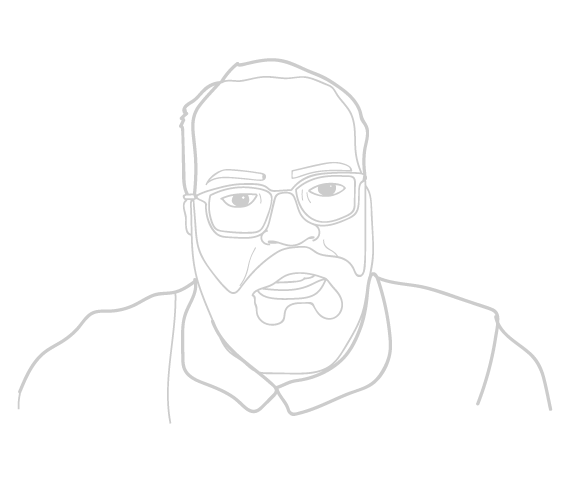
Poultice known as “Rigollot’s Paper,” made from black mustard leaves, held by the Parma Botanical Gardens, Fico Creative Studio, 2020
“Plant molecules are not optimized to resolve our problems. They are optimized to enable plants to survive. That means that if we want to use them for our needs, we almost always need to change and modify them to render them more or less potent, more or less capable of being absorbed or stored within our bodies. And that’s the task of research and the pharmaceutical industry.”
Renato Bruni, Professor of Pharmaceutical Biology at the University of Parma and Director of the Parma Botanical Gardens
